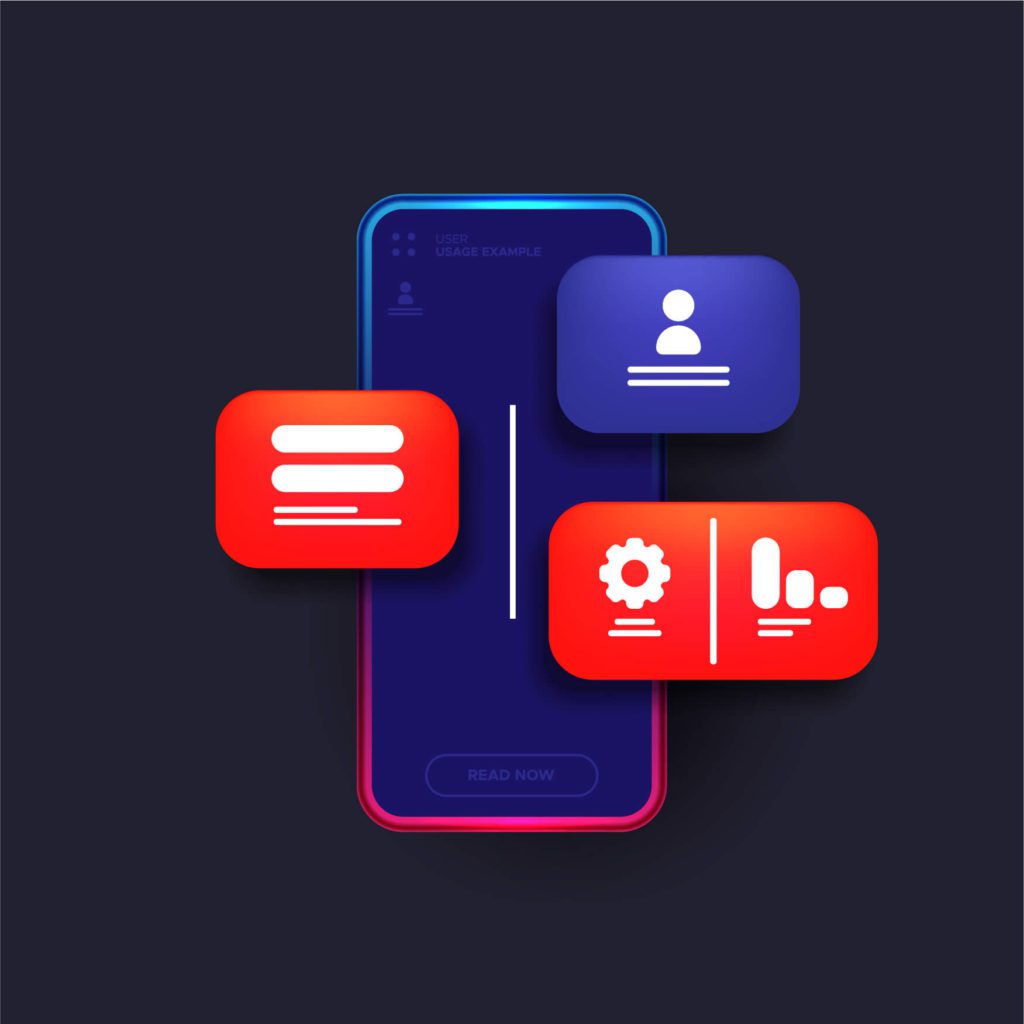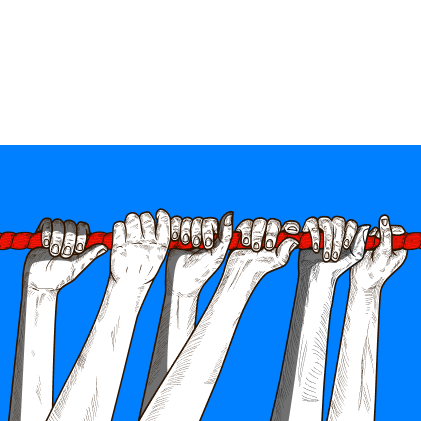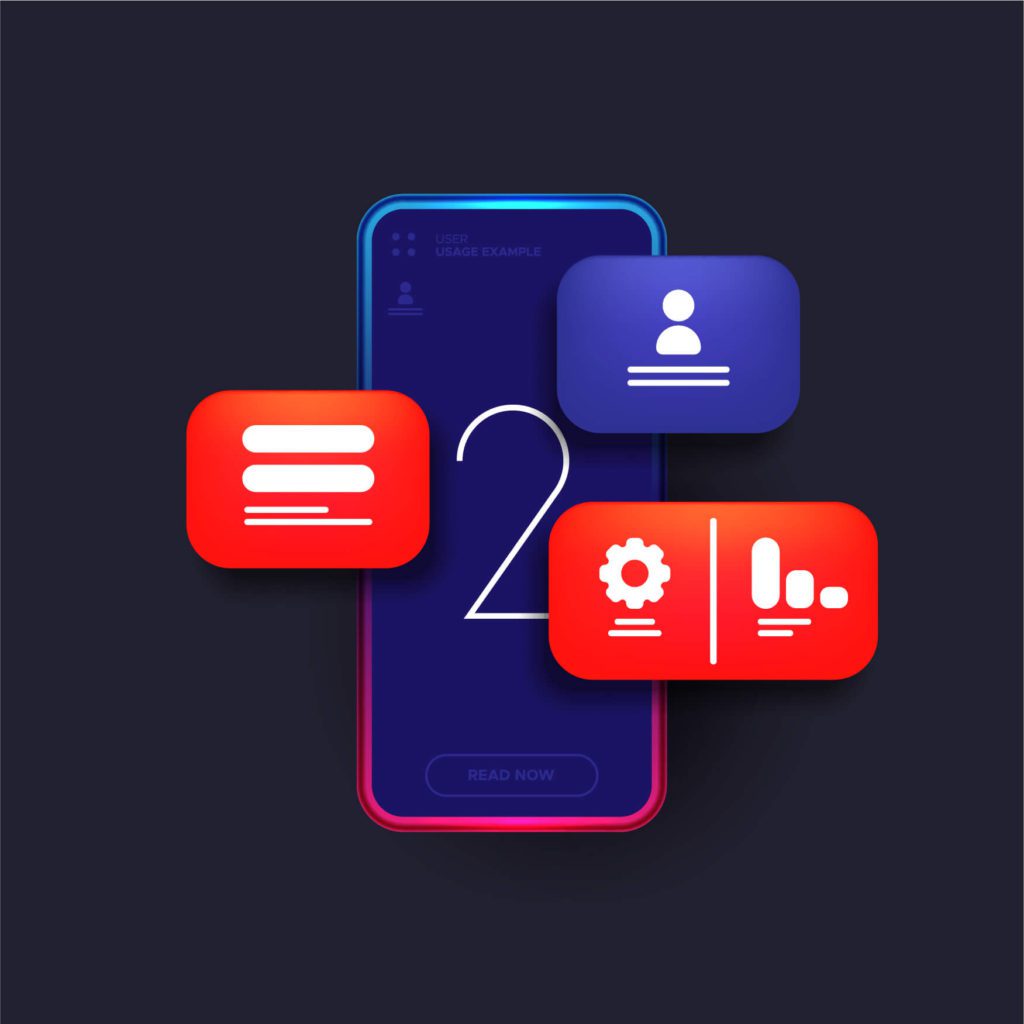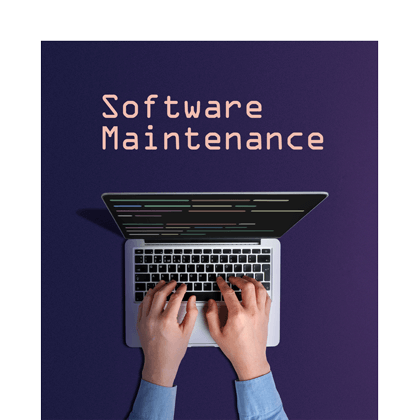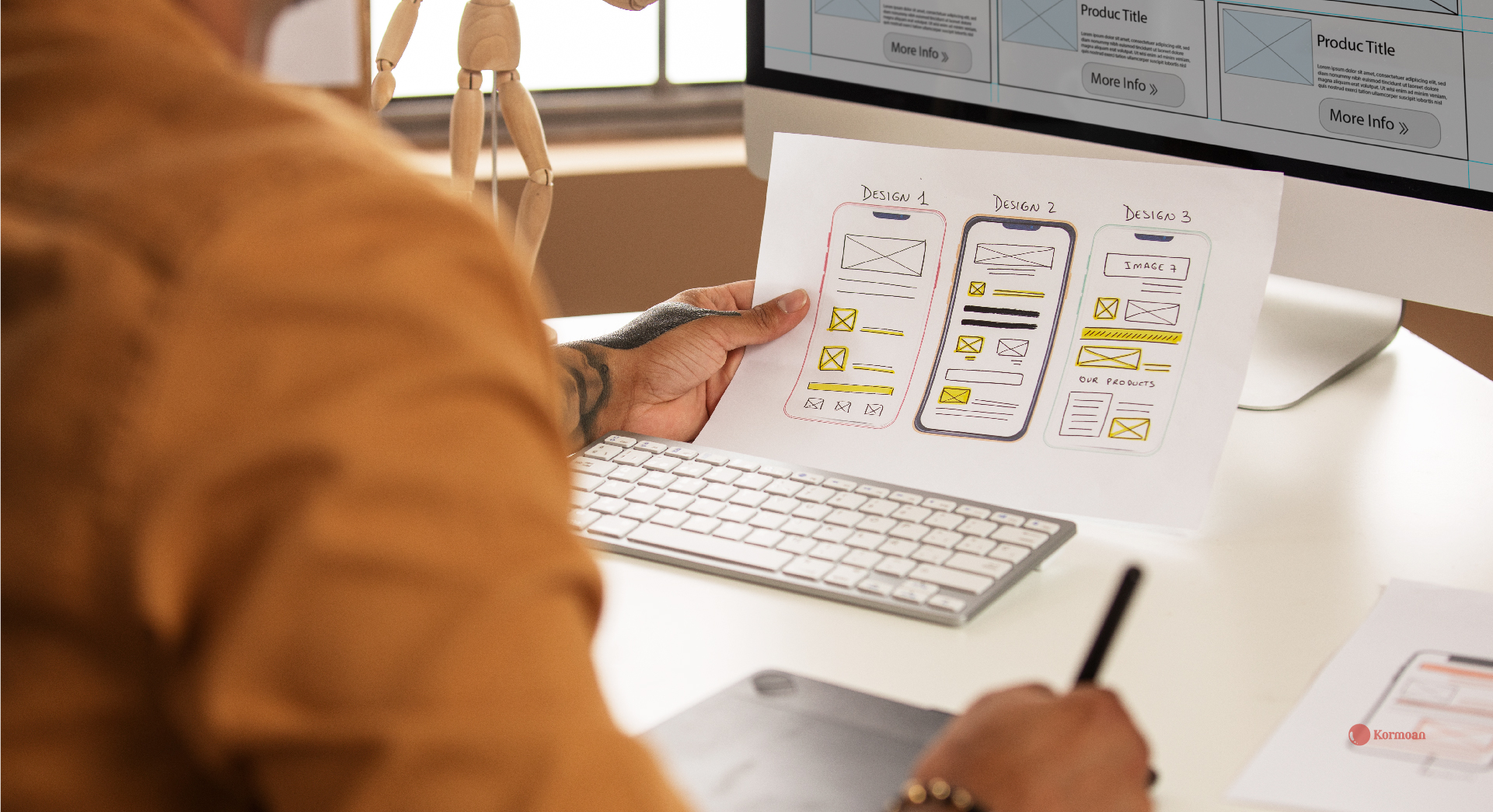
Have you ever found yourself redesigning your app over and over again? Or designing new features to be implemented only to find that not all of them were needed? This can be an expensive problem, involving excessive costs and wasted engineering hours. To avoid that scenario, we’ll discuss some of the best practices we’ve found when it comes to a proper product lifecycle.
When planning for a redesign or redesigning a product, you need to be focused on what the customer needs from your product. Try to make the process straightforward for your client. If a new feature or design sounds too complex, talk with stakeholders about how you can simplify it.
A well-designed product can help your company succeed, but it takes careful planning. Asking the right questions before starting a project can help you avoid unnecessary costs and wasted engineering hours.
Here are some of the biggest five things to consider when doing so:
- Putting the Pieces Together-Problem Scoping
You must first define the problem area and identify the issue to quickly arrive at the appropriate solution. This will aid in determining the extent of the work that needs to be done, relating it to your OKRs (Objectives and Key Results), linking it to your North Star Metric, and finally making it into your product roadmap.To define your problem space, you must identify which pain points (complaints) are preventing customers from using or enjoying their products or services. - Identifying Solutions
When finding solutions, it’s key to think about the end user and what they need. What are the options at hand? Have you explored other existing components or design systems that could be used? The more solutions you find and consider, the more likely you will discover a feasible option, with minimal time invested into development.
We’ll assess your needs and identify opportunities for improvement. By learning who your users are and understanding the problem you want to solve, we can help ensure that any solution is technically viable and ready for production.
Our approach is to find multiple hand-selected solutions that are practical and intuitive, but above all, fit the brand. This can be achieved not just through our design expertise but via close collaboration with you and your team, who we believe will have valuable insight during this process. - A series of simple steps
The clients will need to take several actions even if the solution is obvious at this point to their problems. The KISS principle—Keep It Simple, Stupid—and keeping the number of steps to a minimum are often advised.
To create a successful customer experience, you need to keep your customer’s journey in mind. This includes keeping features simple and easy to understand, but it also requires thinking through the entire customer experience. You can use bullet points to distinguish the steps that the customer needs to follow to solve their problem. - Consistency
Your application should be consistent to minimize the learning curve. Customers develop certain habits and expect everything to be the same from one screen to another. Stay true to what users have grown accustomed to and keep things consistent across your app. Consider a redesign of some sort: as an example, if it’s a design change, ensure that the new UI elements aren’t completely different from the ones customers are used to so they can grasp and adopt them more easily.
Keep it simple. Use the same design patterns across all your features so that customers know to expect the same style of interaction. Having a consistent style saves your engineering team time and creates a coherent experience across all of your solutions. - Discoverability
In today’s world of mobile apps and home assistants, discoverability is as important as functionality. If your solution can’t be found by users, you don’t have a product. As such, your app’s information architecture should be designed in such a way that makes every feature/solution easily discoverable. One of the most important attributes of a good app is its discoverability. Your app’s information architecture should be intuitive for users, making it easy for them to find what they need. This is especially important if your solution does not solve just a single problem but several of them. This is where apps like ours shine.
A different option, or in addition to everything said above, is to use product updates to highlight the newly created and implemented feature. To ensure that your clients can utilize it, keep it simple for all sorts of people and describe it in the language they can understand.
The Bottomline
Please keep in mind that your product strategy must be related to the services you provide, and there are different ways to think about your product strategy. You can start by listing individual features or ideas that you want to see in your product, and then later revise the list based on user feedback and other insights. Or you can start with a narrow focus in mind and then expand that focus as you discover new insights along the way. The important thing is to find a method that works for you, one that allows you to build out your idea piece by piece until you have a working product.



